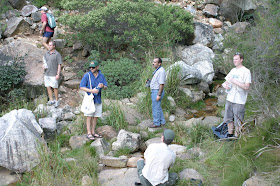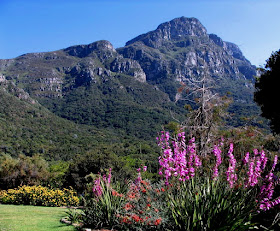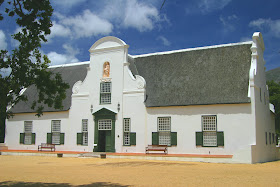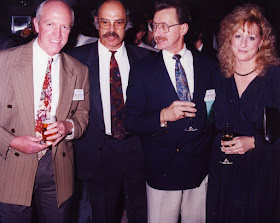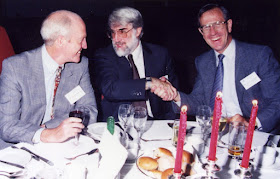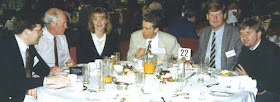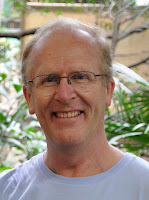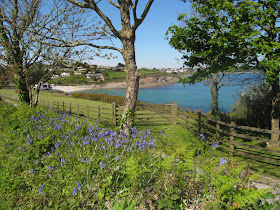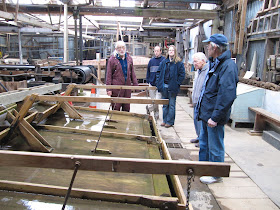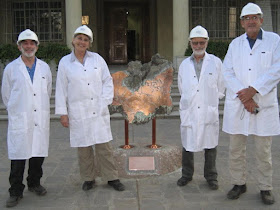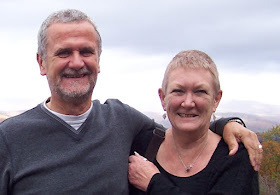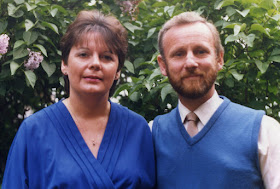Good news is that International Mining is organising a Technology Hall of Fame, which will recognise the technical innovators of our industry, past and present. Within the 12 award categories are Comminution, Concentration and Bulk Handling and the awards (which can be posthumous) will be made at next year's SME Annual Meeting in Salt Lake City.
It is interesting to try to predict who will be the recipients of these awards. Maybe the brothers Frank and Stanley Elmore, credited with the first successful application of flotation over 100 years ago?
Which got me thinking. I started this blog in 2009, but imagine if someone had been blogging 100 years ago. What a wonderful legacy it would now be, of the social and technological history of 20th Century mineral processing. Imagine news of the first application of flotation, and the development of xanthates and other reagents. Just as now we discuss the possible demise of tumbling mills, discussions then would be on the demise of the stamp mill due to the development of rod and ball mills, and classification of their discharges.
Imagine conference reports containing photos of delegates who are now 20th Century legends, Arthur Taggart, Antoine Gaudin etc, and also photos of raw graduates, maybe attending conferences for the first time, who in due course would also become giants of the century.
Hopefully the MEI blog will one day be viewed as a history of 21st Century mineral processing and its people? Who will be the legends of this century - I am sure that amongst all the photographs of people in these postings there will be a significant number who attain this status, many of whom are young and little known at this stage.
So, my message is, be part of this history. Contribute to the blog by your involvement in discussions, and do please send us news and photos which you feel may be of general interest.
It is interesting to try to predict who will be the recipients of these awards. Maybe the brothers Frank and Stanley Elmore, credited with the first successful application of flotation over 100 years ago?
Which got me thinking. I started this blog in 2009, but imagine if someone had been blogging 100 years ago. What a wonderful legacy it would now be, of the social and technological history of 20th Century mineral processing. Imagine news of the first application of flotation, and the development of xanthates and other reagents. Just as now we discuss the possible demise of tumbling mills, discussions then would be on the demise of the stamp mill due to the development of rod and ball mills, and classification of their discharges.
Imagine conference reports containing photos of delegates who are now 20th Century legends, Arthur Taggart, Antoine Gaudin etc, and also photos of raw graduates, maybe attending conferences for the first time, who in due course would also become giants of the century.
Hopefully the MEI blog will one day be viewed as a history of 21st Century mineral processing and its people? Who will be the legends of this century - I am sure that amongst all the photographs of people in these postings there will be a significant number who attain this status, many of whom are young and little known at this stage.
So, my message is, be part of this history. Contribute to the blog by your involvement in discussions, and do please send us news and photos which you feel may be of general interest.

